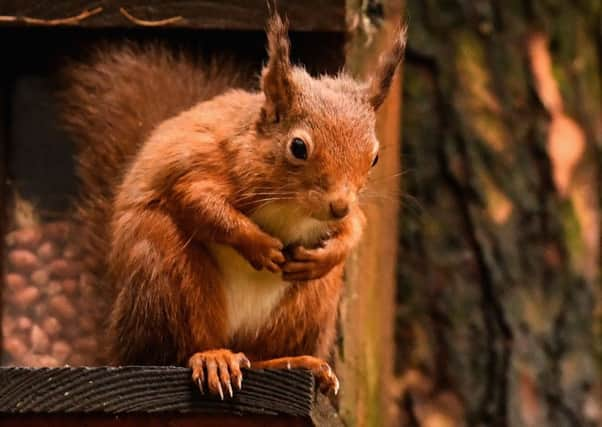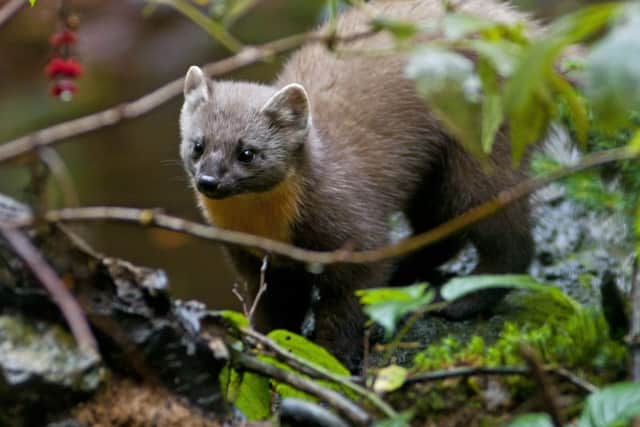Ilona Amos: Bringing in pine martens to help native red squirrels is a win win


They were introduced to the UK from North America in the 19th century and have completely replaced red squirrels in most of England and Wales and parts of Scotland too.
They now outnumber reds by two to one in Scotland, and their numbers and spread have been increasing.
Advertisement
Hide AdAdvertisement
Hide AdThe problem is greys not only outcompete our native gingers for food and nest sites, they also carry the nasty squirrelpox virus. The disease does no harm to the grey hosts but is almost always fatal for our home-grown species.


Grey squirrels can also cause damage to trees and can impact wild bird populations.
The latest surveys by Saving Scotland’s Red Squirrels, a joint initiative set up eight years ago to reverse the declining population, are fairly encouraging. Results suggest reds are clinging on, with native populations remaining stable overall and greys being reduced or eradicated in certain key red strongholds.
The most encouraging results were found in Aberdeenshire, where red squirrels are being spotted in suburban gardens and parks where only greys had been seen in the past few years.
At the same time, the charity Trees for Life is reintroducing red squirrels to parts of the Highlands where they were previously present but have been absent from for several decades. These places are considered a safe haven for the species as greys have not spread there yet.
Culling is currently the only control method being used to limit the spread of greys, though there are plans to try a new contraceptive pill. However, recent research has shown potential for a more natural solution.
Studies by scientists in Scotland, Ireland and the US suggest red squirrel populations benefit in areas where pine martens live alongside them. The predators, which are known to eat squirrels, seem to keep down numbers of alien greys while boosting numbers of natives.
The findings have now received backing from the European Squirrel Initiative (ESI), a charity set up by conservationists and foresters with the aim of restoring reds and eradicating greys.
Advertisement
Hide AdAdvertisement
Hide AdA team from ESI has just returned from a fact-finding field trip to Ireland to see first-hand the effects of pine martens on squirrels and other animals – including commercial game birds.
It has not yet been established whether greys are being kept down simply because the pine martens are eating them or if there are other factors at play. But whatever the pine martens are doing, their presence seems to be a bonus for the reds while having no significant detrimental effect on other creatures, particularly game birds and other woodland nesting species.
The ESI is supporting the “controlled” releases of pine martens into suitable areas of the UK mainland. To allay fears from the shooting contingent, they have also stipulated that there should be “mechanisms in place to control populations” or deal with “a problem individual causing significant collateral damage”.
Pine martens are themselves only beginning to recover after being virtually wiped out due to persecution by gamekeepers – estimates suggest Scotland is home to about 3,700 adults (my dad seems to be on first-name terms with quite a few of them). So let’s hope we might soon see these beautiful and charismatic creatures back in some of their old stomping grounds.
